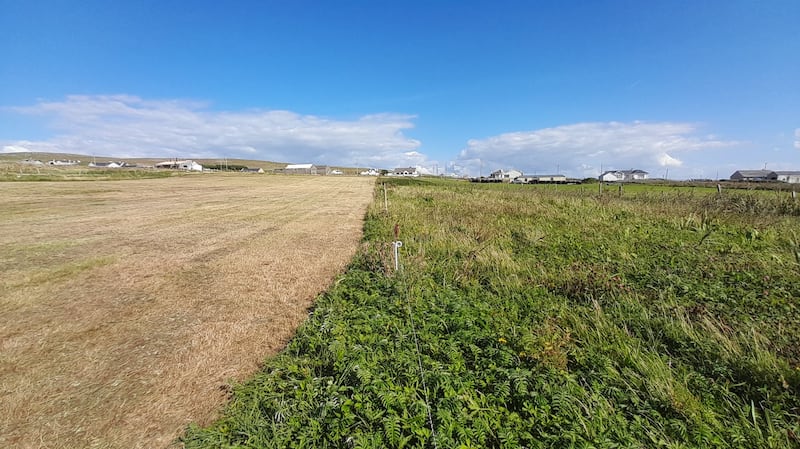There has been a small but welcome increase in the number of corncrakes recorded in a survey by the National Parks and Wildlife Service (NPWS).
Once a common sight in Ireland in the summer, corncrake numbers have suffered a severe population decline in recent decades and are now threatened with global decline, according to BirdWatch Ireland. The birds are now mainly seen in Ireland in parts of the extreme northwest and the western islands.
BirdWatch Ireland said the decline in numbers was largely due to “insensitive farming practices”, including early mowing of hay to make silage and mechanised farming practices which damaged nests. It said corncrakes had now been largely confined to areas of difficult terrain for machinery.
But the summer of 2022 has given a small but welcome boost to the numbers, with at least 197 calling male corncrakes being recorded. This represents a 5 per cent increase on the 188 birds recorded in 2021.
READ MORE

Teagasc, the farm advisory body, said it has also noted a small but welcome rise in the number of corncrakes. In a paper on the subject, farm adviser Joanne Masterson said “corncrake-friendly” mowing practices which allow adult birds and chicks to escape from the front of the mower were helping.
She particularly credited the Corncrake Life project in which farmers and landowners are encouraged to improve habitats for corncrakes.
NPWS divisional manager Denis Strong has been involved in corncrake conservation since the mid-90s and said the increase in numbers is down to the number of farmers coming on board.
“It’s great to see the birds doing well again, particularly in areas like the Mullet Peninsula where they have increased by 37 per cent on last year’s figures. It’s a testament to the many farmers who are involved in both the Corncrake Life project and those who took up the grant scheme which has been running successfully for many years now.”













